Energy is a key factor in combating climate change, one of the biggest challenges the world is facing today. India has committed to cutting emissions to net zero by 2070 and set ambitious targets for adopting renewable energy. Achieving these targets requires careful planning and an overhaul of our current energy system.
Our work aims at enabling policies that encourage the adoption of rooftop solar, facilitate the development of technology for energy storage, strengthen the grid and transmission infrastructure, advance hydrogen technologies, and promote green mobility. CSTEP's research looks at the various aspects of mainstreaming renewable energy for a cleaner, greener energy sector.
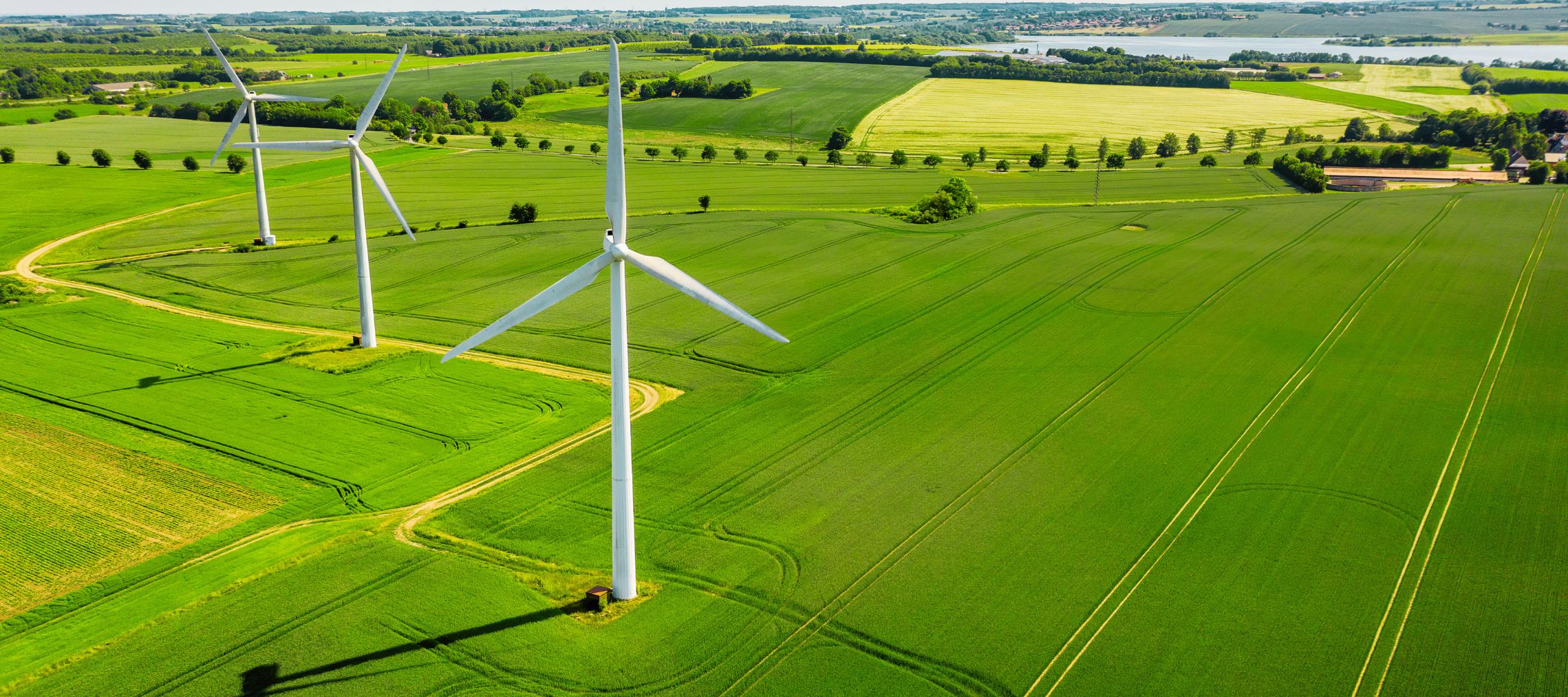
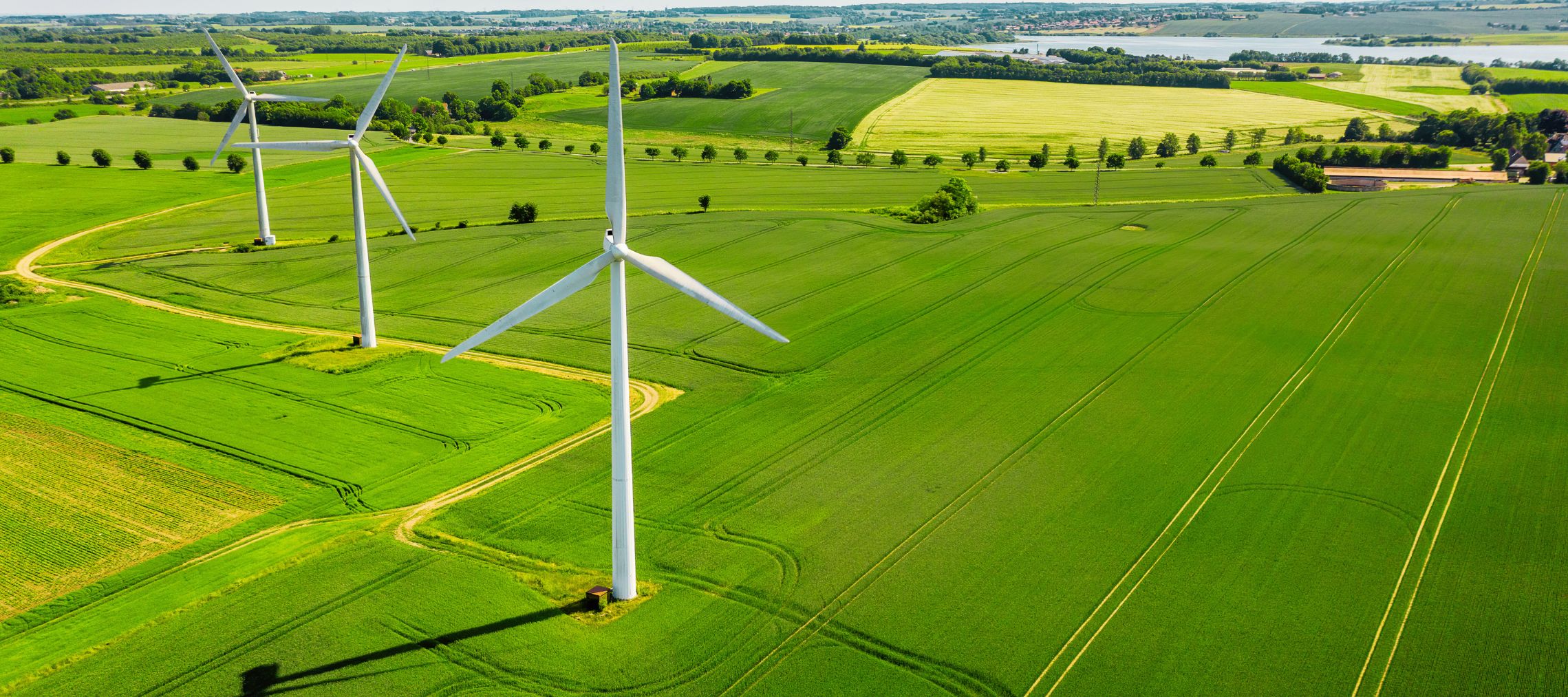

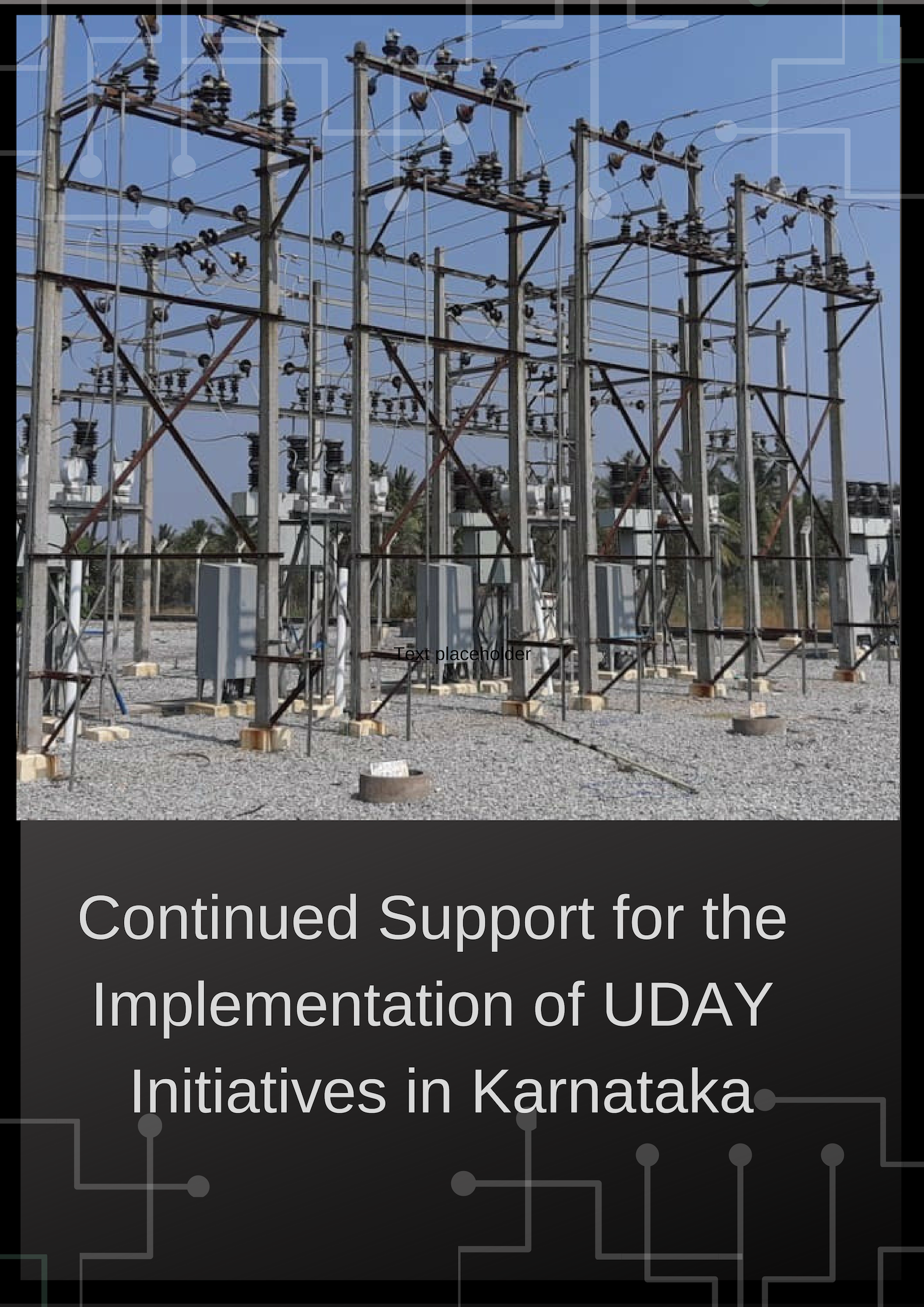

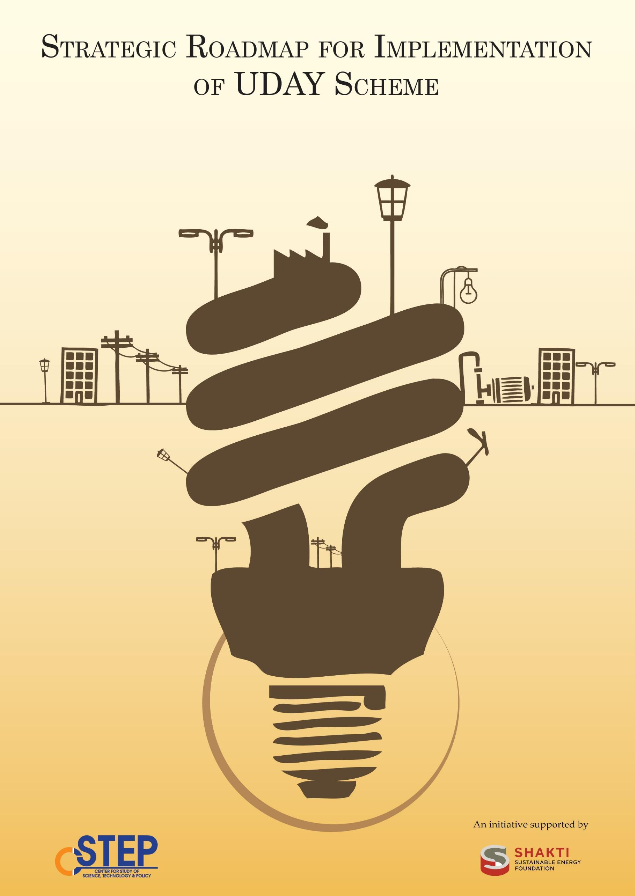
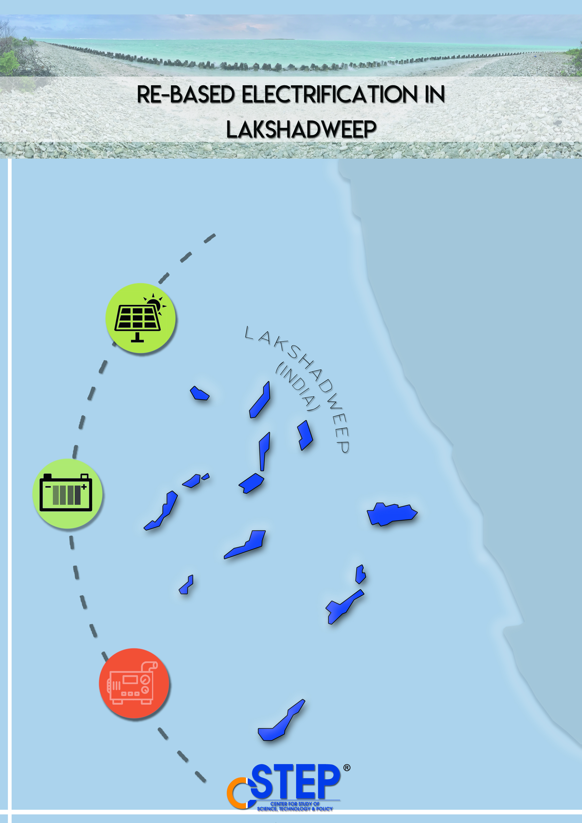
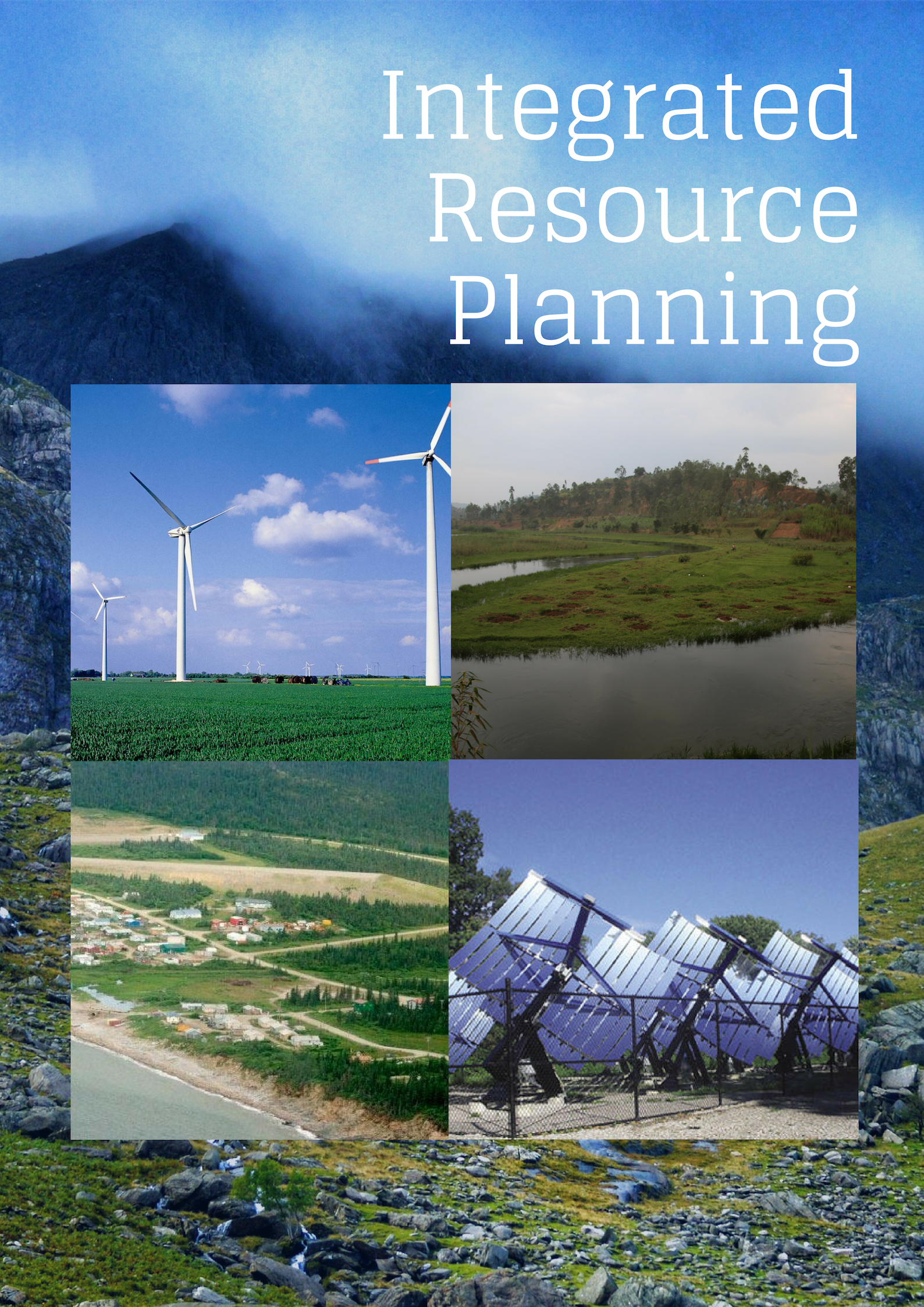
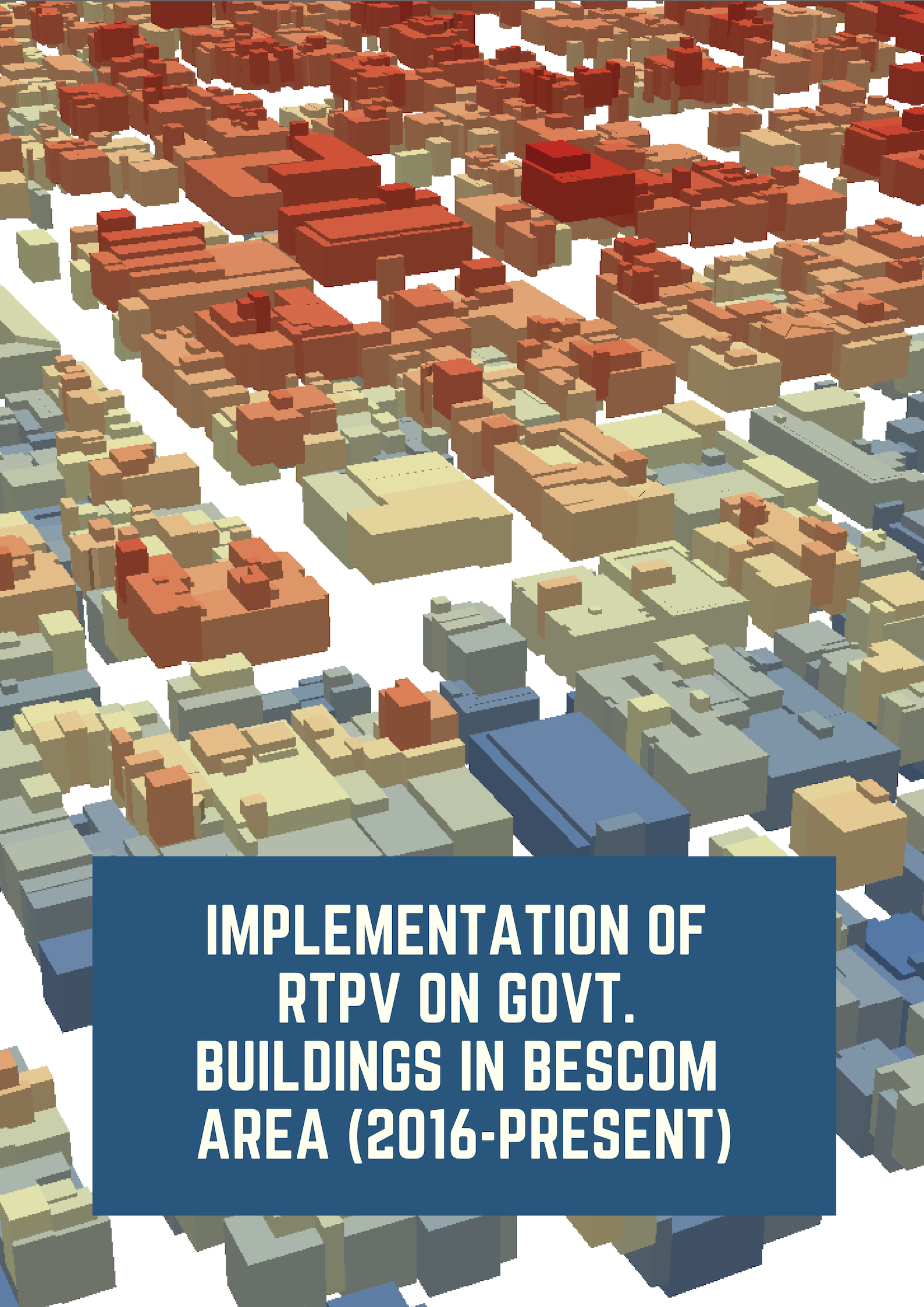


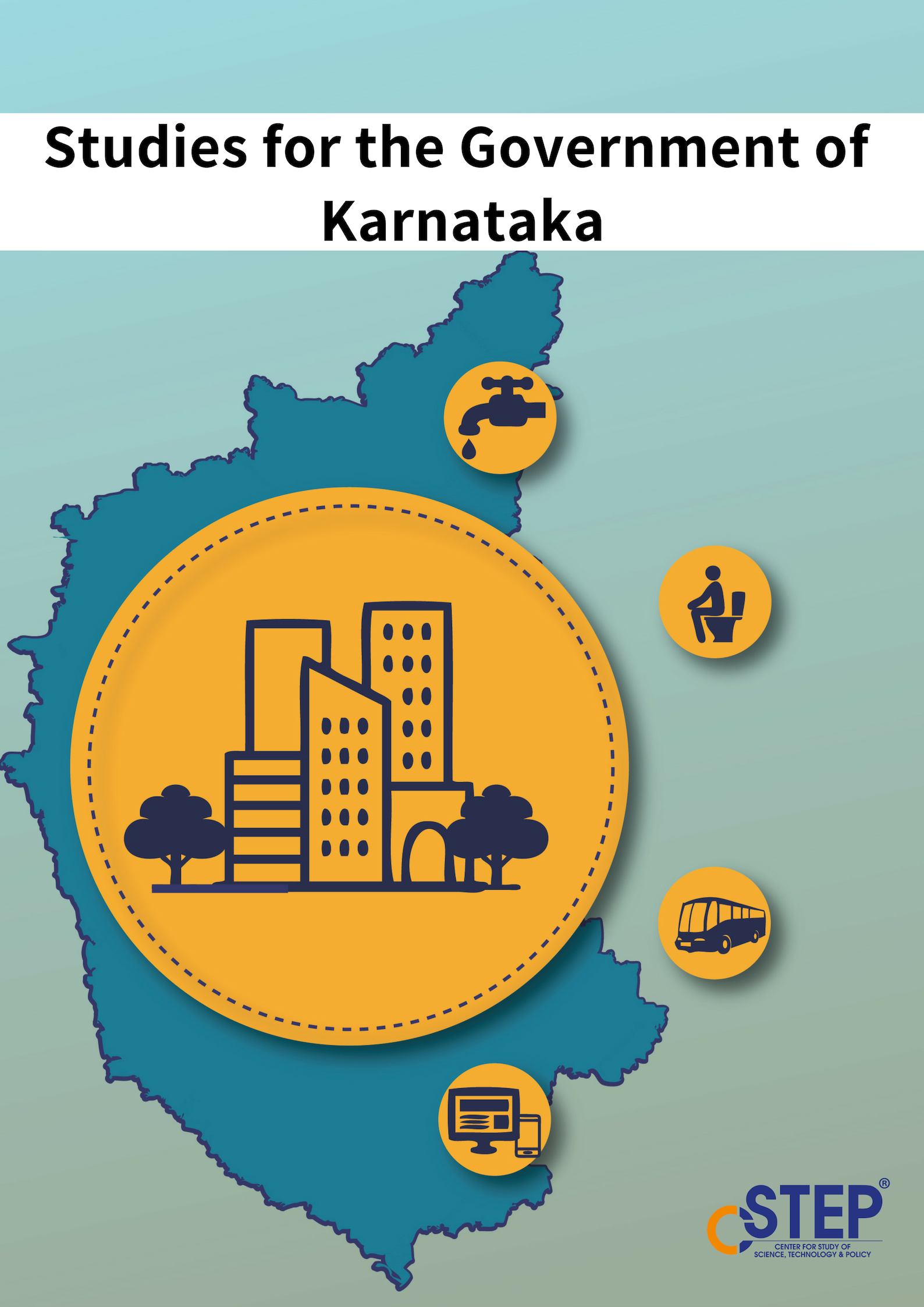

Bengaluru 2030: EV charging demand and infrastructure
The environmental and health hazards associated with fossil-fuel-based vehicles are driving city dwellers towards electric vehicles (EVs), which have zero emissions and lower operating costs. As per the Center for Study of Science, Technology and Policy’s (CSTEP’s) report ‘Bengaluru 2030: Impact of EVs on Vehicular Emissions’, Bengaluru would have more than 23 lakh EVs (> 85% electric two wheelers [e-2Ws]) by 2030, helping curb beyond 3 million tonnes of CO2 emissions annually (CSTEP, 2023).
The untapped potential of workplace charging
Most people in India travel less than 50 km daily on their two-wheelers. We conducted a market survey that revealed that most of the popular electric two-wheelers (E2Ws) sold today have a real-world range of at least 55 km. So why don’t we see more E2Ws on the road?
What India can learn from China's EV push
The world is witnessing electric vehicle (EV) revolution. Improved air quality (zero tailpipe emissions) is a key benefit of EVs. With over 22 million EVs, China is leading this revolution. Studies have shown that the scale of EV adoption in China has helped improve air quality in Wuhan, Beijing, Shanghai, and Shenzhen. Many Indian cities, including Delhi, have unhealthy air. As an evolving EV market, what could India learn from China?
Mapping the resilience of renewable energy systems and assets in Maharashtra, Gujarat, Tamil Nadu and Rajasthan to extreme weather events
Climate hazards such as droughts, flood, and cyclones are becoming more severe and frequent, posing a threat to the resilience of renewable energy. The United Nations Development Programme (UNDP), India, in collaboration with the Center for Study of Science, Technology and Policy (CSTEP), conducted a study across four states in India (Maharashtra, Gujarat, Tamil Nadu and Rajasthan) with a high percentage of wind and solar energy infrastructure. The study employed the Intergovernmental Panel on Climate Change (IPCC) Assessment Report 5 (AR5) risk assessment framework.
India’s pathway to net zero by 2070: status, challenges, and way forward
The announcement of India’s 2070 net-zero target has demonstrated the power of a credible policy signal and changed the course of India’s climate debate. While the Government of India (GoI) has not specified whether this target refers to carbon-dioxide or all greenhouse gases, the announcement has been a watershed moment in India’s climate policy. From questions related to whether and at what pace should India decarbonize its economy, various actors in India are now aligned towards this target.
Addressing the gaps in PM Surya Ghar Muft Bijli Yojana
India launched a landmark scheme, the PM Surya Ghar Muft Bijli Yojana, in February this year, to support the uptake of rooftop solar photovoltaics (RTPVs) in the country. Under this scheme, residential households are eligible for a subsidy of INR 30,000 per kilowatt (kW) for the first 2 kW and INR 18,000 per kW for an additional capacity of up to 3 kW. With over 1.28 crore registrations and 14.84 lakh applications, the scheme has garnered remarkable interest as highlighted in the recent union budget.
Investment dynamics: Balancing opportunities and risks in India’s energy transition
India has witnessed remarkable growth in the solar sector over the last decade. According to the Ministry of New and Renewable Energy, the overall installed capacity has increased from 2.82 GW in March 2014 to 87.2 GW in July 2024.This can be attributed to aggressive government targets, supportive policy frameworks, decreasing technology costs, and increasing awareness about climate change. While the sector is attracting significant investments from foreign and domestic sources, it also has inherent risks.
